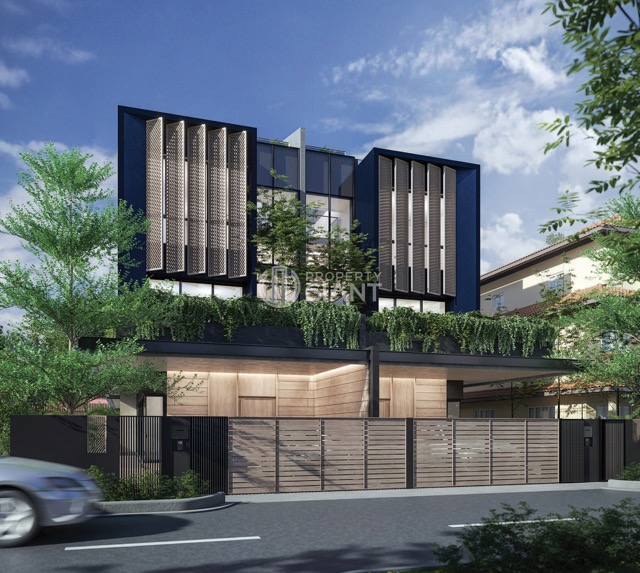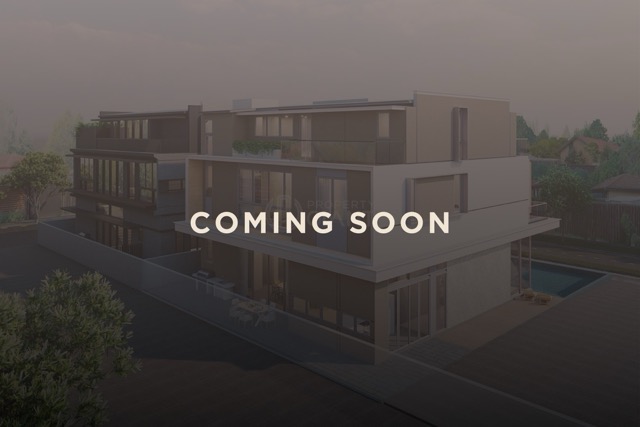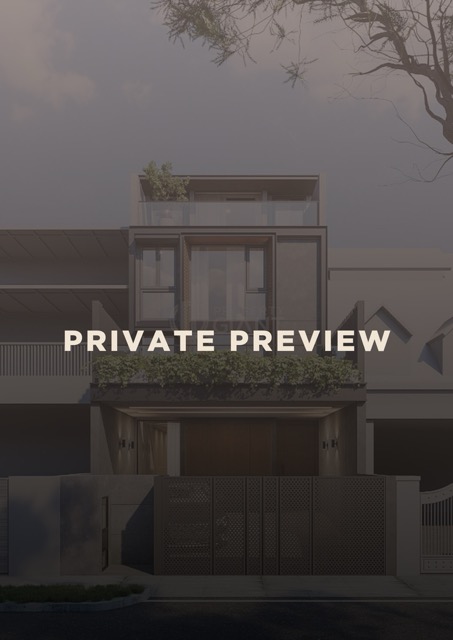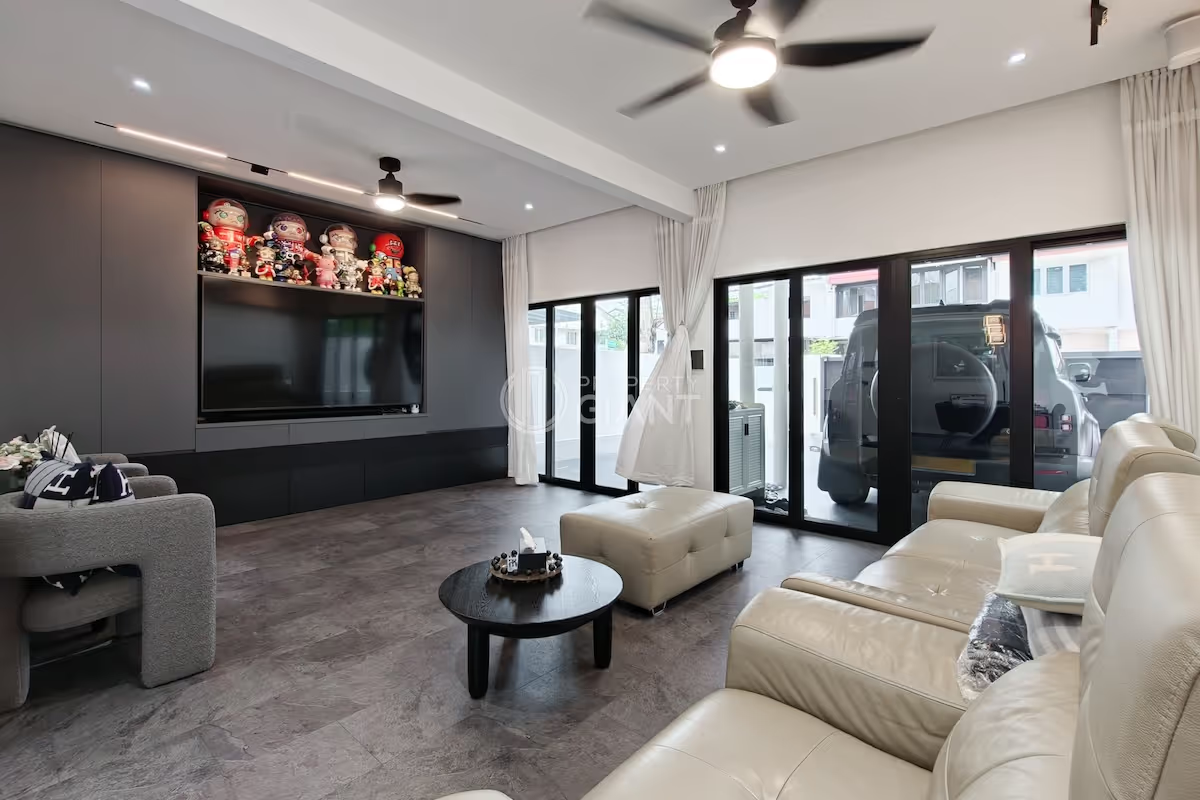Rising interest rates and property prices are certain to have an impact on buyer affordability; the question is where that tipping point sits. According to a recent analysis, purchasers may still afford private homes despite recent rate hikes, but depending on the loan length, they may be priced out of the market if mortgage rates reach 3.5 percent or more.
This scenario is based on modelling done by the National University of Singapore's Institute of Real Estate and Urban Studies (IREUS) using a proxy household in the top 30th percentile of income. In general, the wealthiest 30% of earners have the most access to private housing.
As inflation continues to rise, the Federal Reserve of the United States has announced large interest rate increases in order to bring prices down to a reasonable level. Singapore interest rates have climbed as lenders here follow the Fed's lead.
On June 28, 2022, the 3-month Singapore InterBank Offer Rate (Sibor) reached around 1.91 percent, coming in on the previous high of 2% set on May 31, 2019. (see Figure 1).

With the Fed poised to announce additional rate hikes, the Sibor may rise to levels last seen in 2005 and 2006, two years before the Global Financial Crisis, according to Lee Nai Jia, deputy head of the research institute.
"Bank interest rates have reached unprecedented territory for many younger borrowers who have yet to experience a recession, and may push some to rethink their homeownership intentions," he told The Business Times.
"However, elder homeowners who have lived through the Asian Financial Crisis and prior recessions will be afraid that rates may reach the exorbitant levels seen in 1997 and 1998."
In January 1998, the 3-month Sibor reached 7.75 percent. Meanwhile, private real estate values have been continuously rising. The Urban Redevelopment Authority's (URA) second-quarter flash estimate for its total price index for private residences, announced on July 1, is up 3.9% over the previous quarter.
This follows a 10.6% gain in 2021, with private property values rising 18.6% after bottoming out in Q1 2020, at the start of the Covid-19 epidemic.
Property consultants anticipate that the URA index will rise by 5 to 10% for the entire year of 2022.
Given that interest rates began at a low level, some argue that the impact on prices and demand will be minimal. For example, the most recent Sibor upswing began with a lower base than past rises, and it is unclear whether this current surge would surpass previous heights.
"However, this perspective is a reductionist focus on interest rates alone and ignores the fact that homes now are significantly more expensive than they were back then," he said. "In absolute dollar terms, a 1% rate increase today is significantly greater than a 1% rate increase in 1997."
IREUS developed a proxy case to assess the influence of interest rate hikes on what a private house purchaser can pay in order to determine how near private home prices are to a tipping point.
The institute built their argument using data from Singapore's Department of Statistics and the URA's Real Estate Information System (REALIS).
The household income from work is expected to be in the top 30th percentile, excluding employer contributions to the Central Provident Fund, and to be the same in 2021. Furthermore, the household has no credit card debt, no other loans, and enough funds for a down payment.
The mortgage rate is 1% plus the 3-month Singapore Overnight Rate Average. Because the interest charged on fixed rate mortgages is not publicly available and changes depending on individual circumstances, the floating rate was employed as an indicator of debt commitment.
The household is supposed to be a first-time home buyer and will purchase a non-landed private home of 1,000 to 1,200 square feet (all land tenures and excluding executive condominiums) in the Outside Central Region (OCR) or Rest of Central Region (RCR) (RCR). The Core Central Region was excluded because housing prices there are more prohibitive and are thought to be exclusively within the reach of high-net-worth individuals.
The property price that a family may afford is thus the loan amount (after taking into account the Total Debt Servicing Ratio, which is currently 55%), plus the initial down payment.
Despite the increased interest rate in July, the modelling reveals that the price buyers can afford based on the loan amount they can take is still higher than today's median-price OCR and RCR homes (see Figure 2).

However, the cushion has shrunk significantly since 2020, particularly for individuals looking to buy new homes on the primary market, as new homes are now more expensive.
or a 20-year loan, for example, the S$568,000 buffer between new OCR/RCR homes and the price that consumers can afford in 2020 has reduced to less than S$87,000, or an 85 percent reduction.
At the longest conceivable loan term of 35 years, the buffer declines from around S$1.9 million to approximately S$1.1 million, or approximately 41%.
if the mortgage rate rises to 2.5% or higher, households with the top 30th percentile income on a 20-year loan would be unable to afford the median price for a new unit in the RCR and OCR. If the mortgage rate rises to 3.5 percent, these households will be unable to buy median-priced resale properties.
However, on a 35-year loan, such households would be unable to afford the median price for a new unit only if mortgage rates reached 5.5 percent, and they would also be priced out of comparable apartments in the resale market if rates reached 6%.
"We assume the buyer has no outstanding debt." However, when growing automobile and other products prices are considered, credit card payments and car loans should be greater for younger, aspirational households. "This will further constrain the costs they can afford," Dr Lee warned.
While a longer loan tenure decreases the borrower's monthly mortgage payments, it also means the household will pay more interest over time for the same loan amount. It will also take the homeowner longer to become debt-free.
Given that private home prices are at a historic high, rising interest rates and declining disposable incomes as a result of rising prices further undermine housing affordability at a faster pace," he said.
IREUS' modelling is, of course, based on a first-time private property buyer. Those who own existing private apartments or HDB flats may be less harmed by increasing mortgage rates if they move laterally or right-size, particularly if they purchased their current houses between 2013 and 2017.
"Capital gains and equity appreciation will help offset some of the higher debt costs," Dr Lee explained.
Furhermore, thanks to the availability of public housing, housing in Singapore remains widely inexpensive.
"The price-to-income ratio for 4- and 5-room HDB resale and Built-To-Order flats continues to be less than 5, which is a good level," he noted. This means that a HDB flat costs around 5 times the household's annual salary.
"However, the government must handle the misalignment of expectations, as young professionals prefer private condominiums than HDB apartments."
Credits: CONDOsingapore.com


















